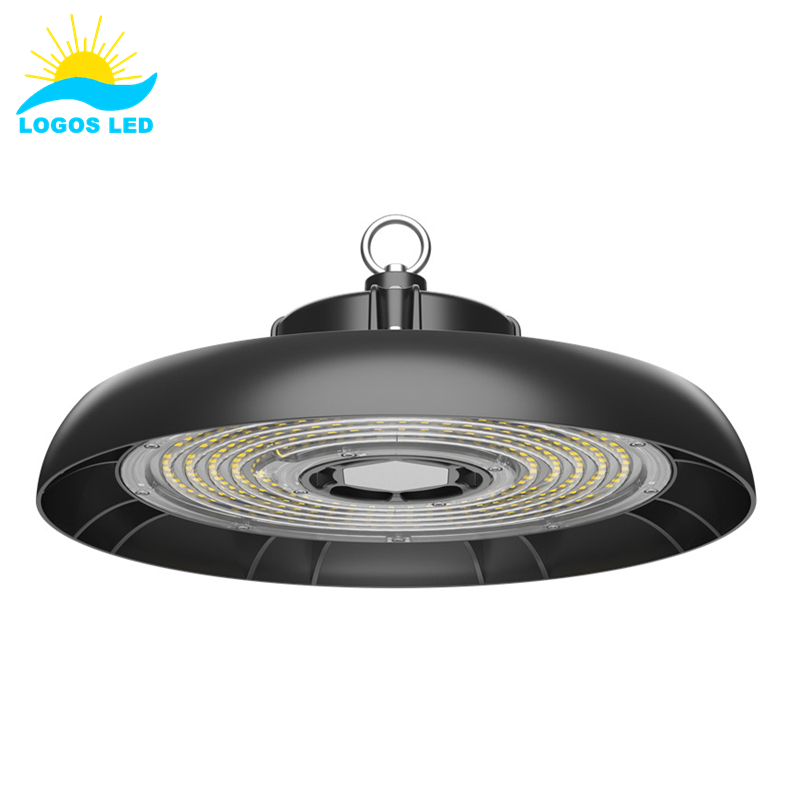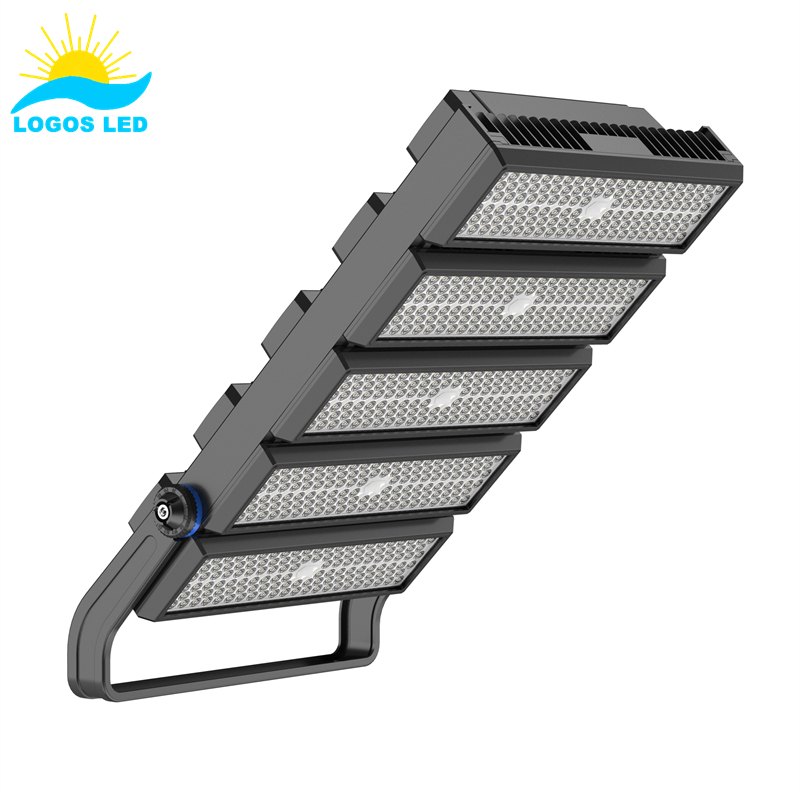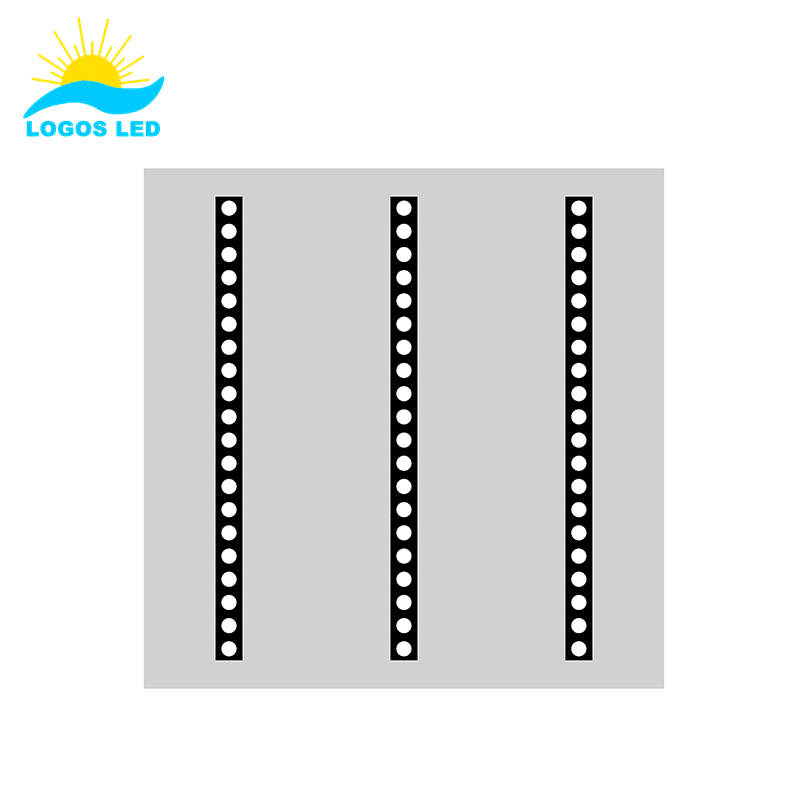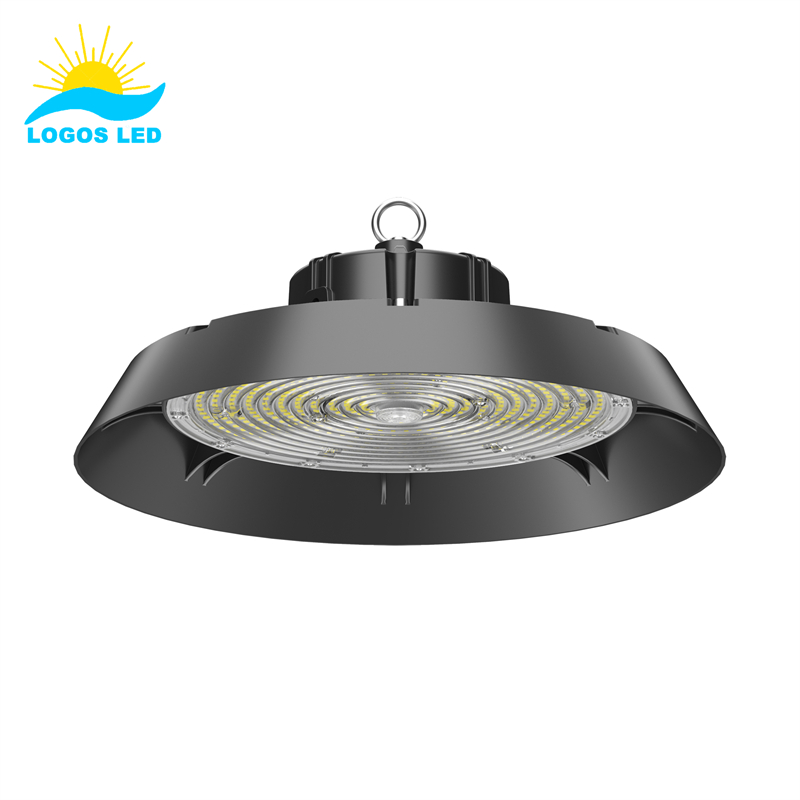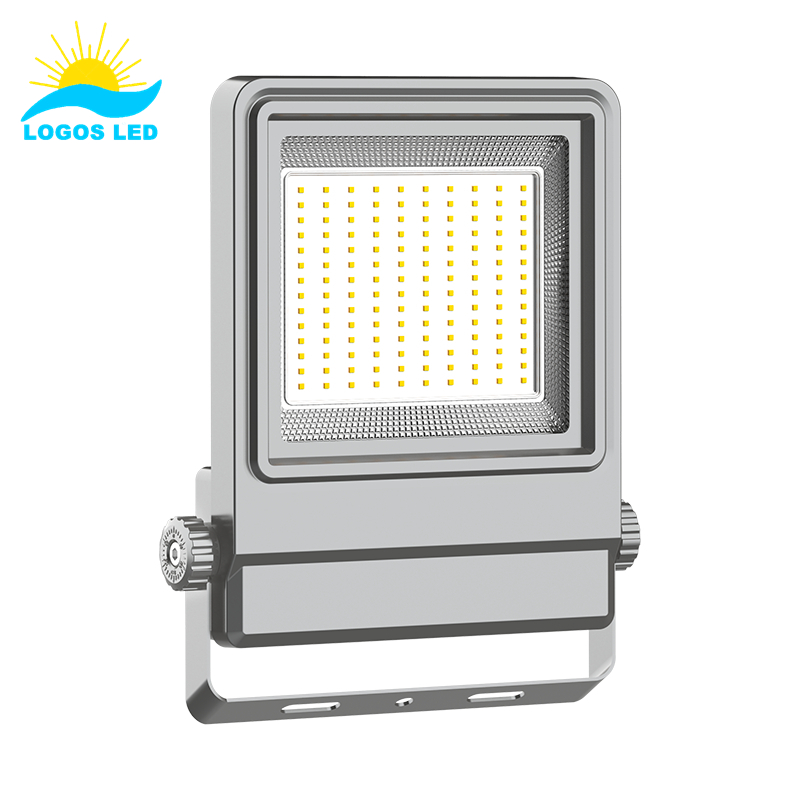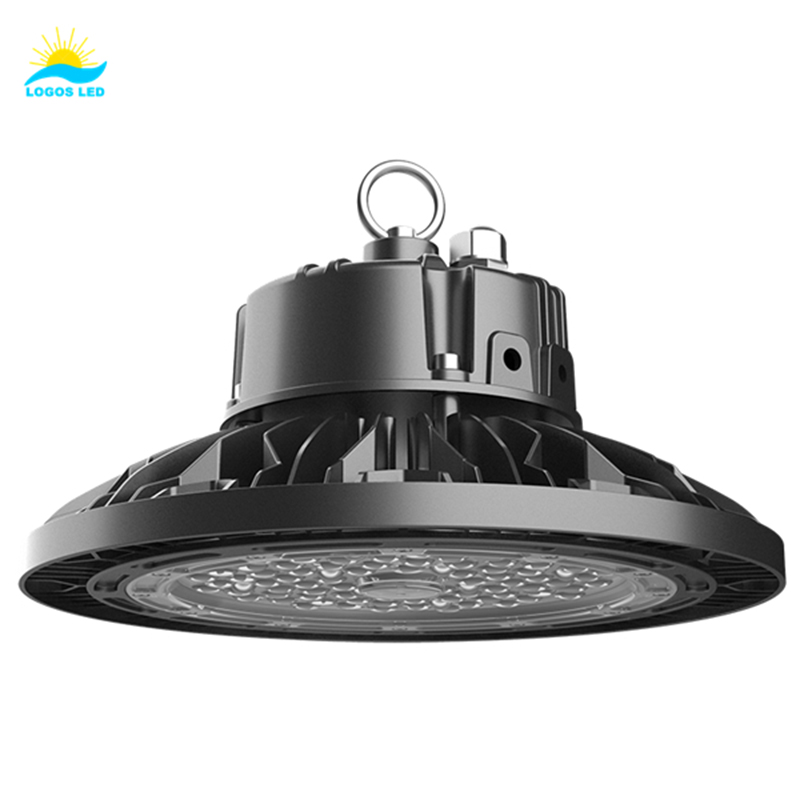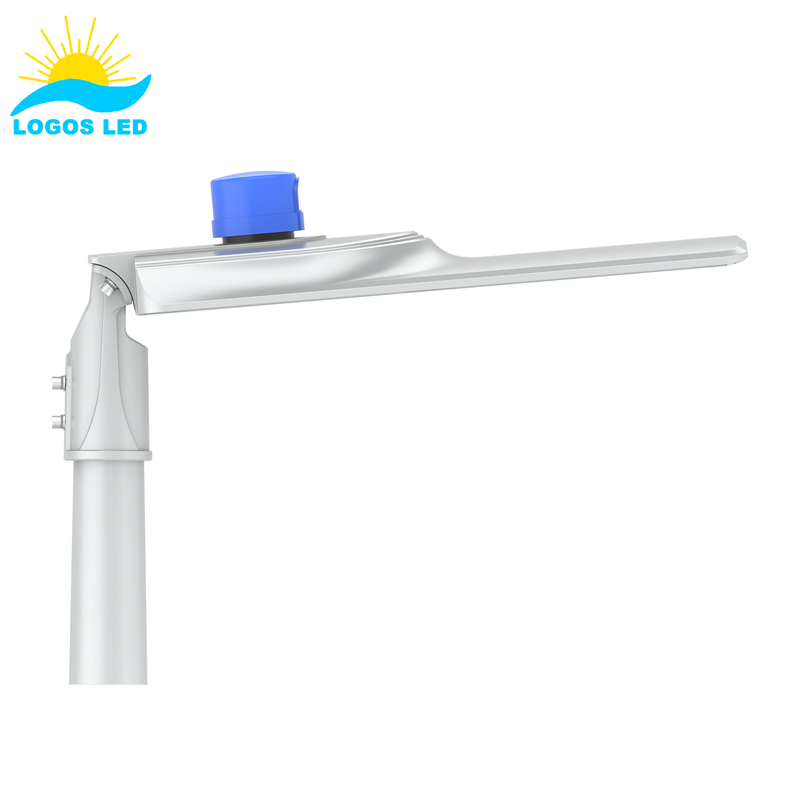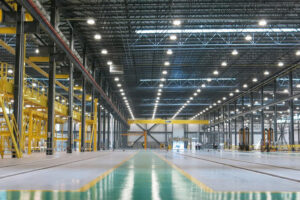Lighting technology has come a long way, and LEDs have taken over as the go-to choice for energy efficiency, durability, and versatility. But let’s be real—choosing the right LED for a specific job can feel overwhelming. Pick the wrong type, and you could end up with poor lighting, wasted energy, and unnecessary costs. Understanding the different types of LEDs and what they’re best suited for will help you make the right call.
Not all LEDs are the same. Some are built for basic indicators, while others power up massive industrial spaces. The main types include DIP LEDs, SMD LEDs, COB LEDs, and RGB LEDs. Each has unique strengths in brightness, energy consumption, and performance, so knowing what you need will save you time and money.
Let’s break down the different types of LEDs, what makes each one special, and how to pick the best option for your needs.
Table of Contents
How Many Types of LED?
LEDs come in different shapes and configurations, each designed for specific uses. Here are the most common ones:
1. DIP LEDs (Dual In-line Package)
DIP LEDs are the classic LED design—you’ve probably seen them in old-school electronics. They have a bulb-like shape with two metal pins and are still used in some applications.
Features:
- Low brightness (typically 3-4 lumens per LED)
- Less energy-efficient compared to newer LED types
- Commonly used in indicators, digital displays, and simple lighting setups

DIP LEDs
2. SMD LEDs (Surface-Mounted Device)
SMD LEDs are the most commonly used LEDs in modern lighting. They are compact and offer high brightness.
Features:
– Available in different sizes, such as SMD 2835, SMD3030, SMD 5050, SMD 5730, etc
– High efficiency and better heat dissipation
– Used in LED strips, bulbs, downlights, high bay lights, street lights, and floodlights, etc

SMD LEDs
3. COB LEDs (Chip on Board)
COB LEDs are high-intensity LEDs that offer uniform light output and excellent efficiency.
Features:
– Better heat management than SMD LEDs
– Higher lumen output per watt
– Ideal for spotlights, down lights, track lights, floodlights, and industrial lighting, etc
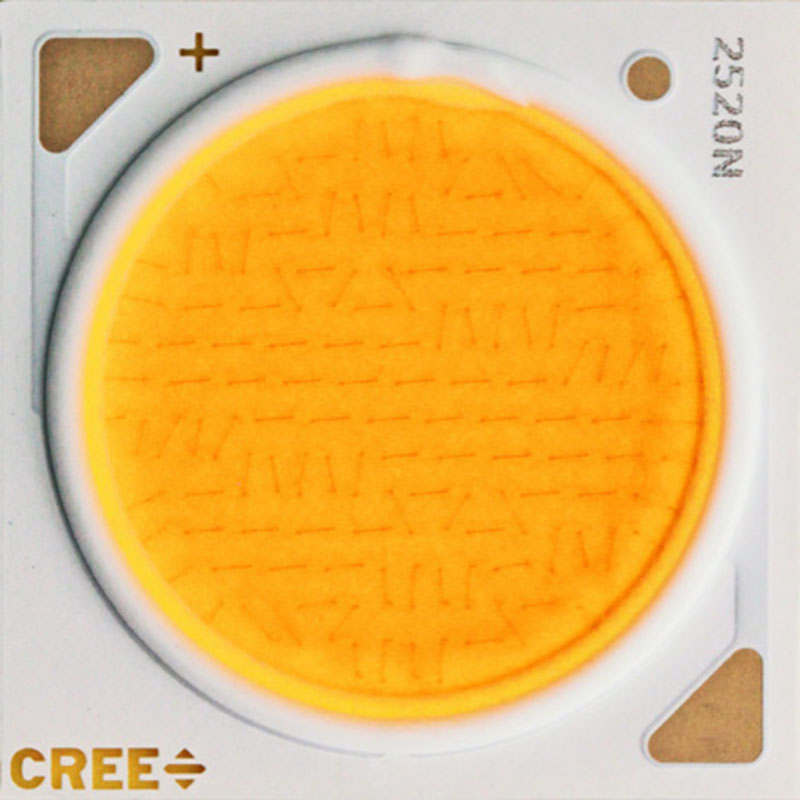
COB LEDs
4. RGB LEDs
RGB LEDs can produce multiple colors by combining red, green, and blue light.
Features:
– Used in decorative lighting, stage lighting, and displays
– Can be controlled using DMX controllers
– Found in LED displays, smart lighting, and gaming setups
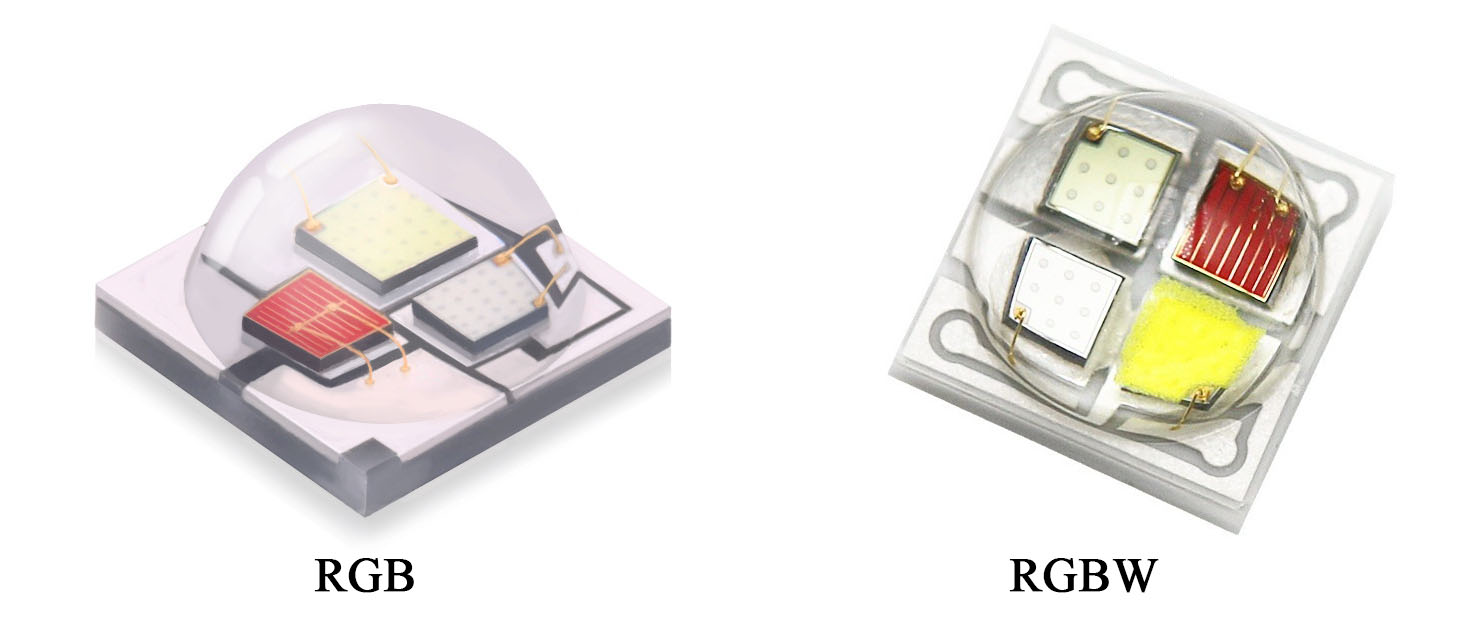
RGB & RGBW LEDs
What Type of LED is Best?
The best LED for the job depends entirely on where and how you’re using it. Here’s a quick breakdown of the best options for different applications:
| Application | Best LED Type |
|---|---|
| General home lighting | SMD LED (e.g., 2835, 3030, 5050) |
| Industrial lighting | High-power SMD LED / COB LED |
| Street lighting | SMD LED / COB LED |
| Decorative lighting | RGB LED / SMD LED |
| Display panels | DIP LED / SMD LED |
If you need high brightness, go with COB LEDs or High-Power SMD LEDs. If you’re looking for efficient, everyday lighting, SMD LEDs offer the best mix of brightness and energy savings.
Do LEDs Need AC or DC?
LEDs run on Direct Current (DC), but here’s the catch—most electrical systems supply Alternating Current (AC). That means LED drivers are needed to convert AC to DC so the lights work properly.
How LED Power Works:
- AC Power Input → Connected to the standard electrical supply (110V-220V).
- LED Driver/Converter → Converts AC into DC (typically 12V or 24V DC).
- LED Output → Delivers consistent, stable power to the LED chip.
For household LED bulbs, this conversion is already built into the bulb. But for industrial or commercial LED systems, you’ll often need an external driver to handle the conversion.

Advantages and Disadvantages of SMD and COB LEDs
Trying to decide between SMD (Surface-Mounted Device) LEDs and COB (Chip on Board) LEDs? Both are widely used in commercial, industrial, and residential lighting, but they perform differently depending on the application. Knowing their strengths and weaknesses will help you make the right choice.
Advantages of SMD LEDs
- High Efficiency
SMD LEDs deliver more lumens per watt, making them one of the most energy-efficient lighting options out there. - Versatile Applications
You’ll find SMD LEDs in just about everything—LED strips, bulbs, panel lights, downlights, industrial lighting, floodlights, streetlights, and high-mast lighting. - Multi-Color Capability
They support RGB technology, meaning you can get adjustable colors, making them perfect for decorative and smart lighting setups. - Compact Size
Because of their small footprint, manufacturers can fit multiple SMD chips onto a single board, offering more flexibility in design. - Better Heat Dissipation
SMD LEDs are spread out over a larger surface area, which helps them dissipate heat more efficiently than other LED types.
Disadvantages of SMD LEDs
- More Components
Unlike COB LEDs, SMD LEDs need extra components like resistors and circuit boards, which can make the fixture more complex. - Lower Light Concentration
Since SMD LEDs spread light over a wider area, they don’t work as well for focused, high-intensity lighting applications.
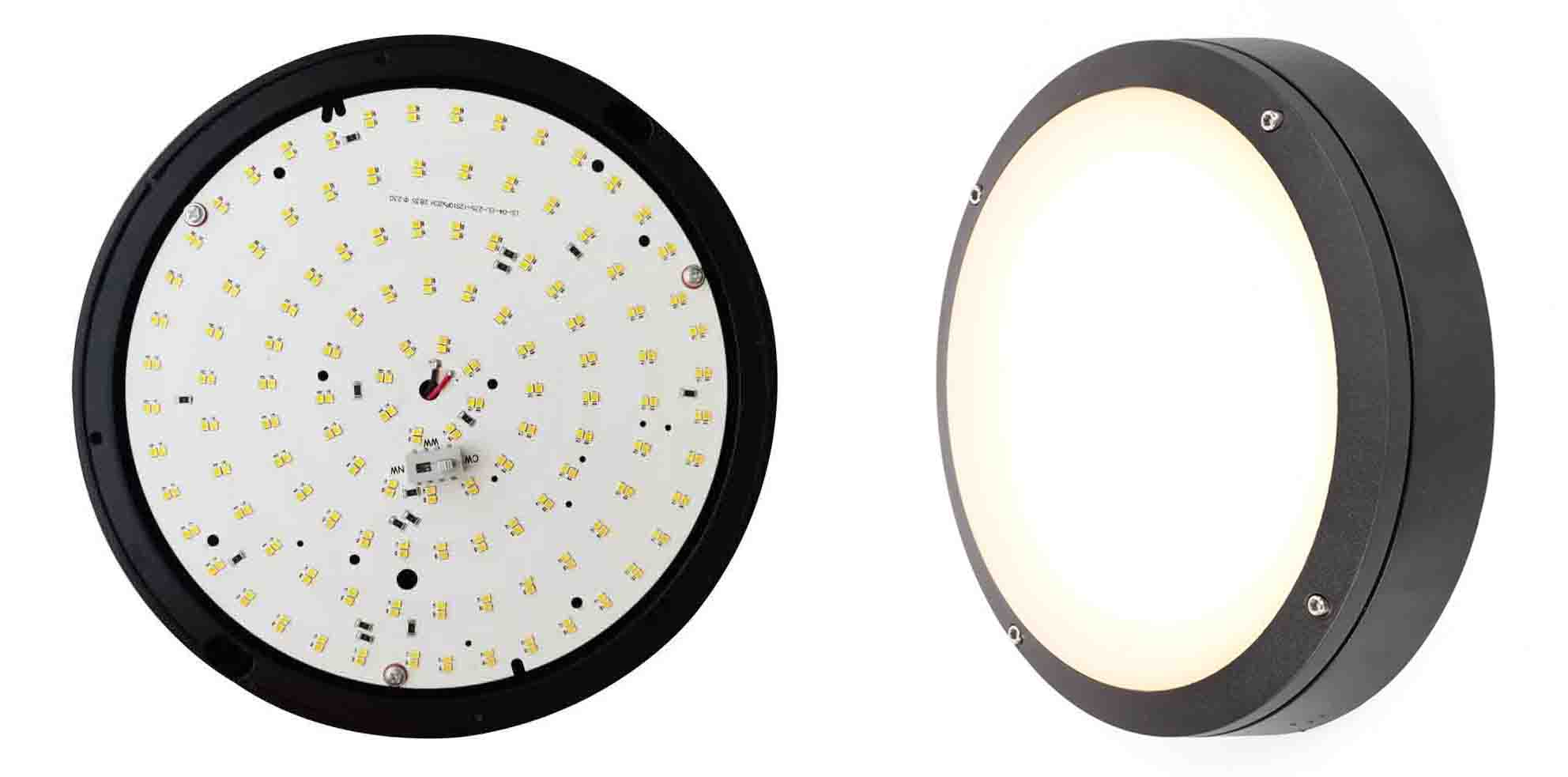
Advantages of COB LEDs
- Higher Brightness
COB LEDs pack a serious punch when it comes to brightness. They deliver a higher lumen output per watt, making them perfect for high-intensity lighting like stadiums, streetlights, and industrial facilities. - Uniform Light Output
Unlike SMD LEDs, which create multiple small light points, COB LEDs function as a single, concentrated light source, reducing glare and harsh shadows. - Compact and Efficient Design
Since COB LEDs need fewer circuit components, they offer better efficiency and a simpler, more streamlined design.
Disadvantages of COB LEDs
- Limited Color Options
COB LEDs don’t support multi-color (RGB) lighting, so if you need decorative or color-changing effects, SMD LEDs are the better choice. - Less Flexibility in Design
Because COB LEDs use a single large chip, they don’t work as well for custom or compact lighting fixtures that require multiple small light sources. - Higher Cost
COB LEDs generally cost more than SMD LEDs due to higher manufacturing expenses and their specialized applications. - Requires a Proper Heat Sink
With their intense light output, COB LEDs generate more heat and require a well-designed cooling system to prevent overheating.
Both SMD and COB LEDs have distinct advantages and drawbacks, depending on what you need them for.
- SMD LEDs are versatile, highly efficient, and customizable, making them great for commercial, industrial, and large-scale outdoor lighting.
- COB LEDs offer higher brightness, more uniform light, and better heat management, making them ideal for high-power residential and commercial lighting setups.
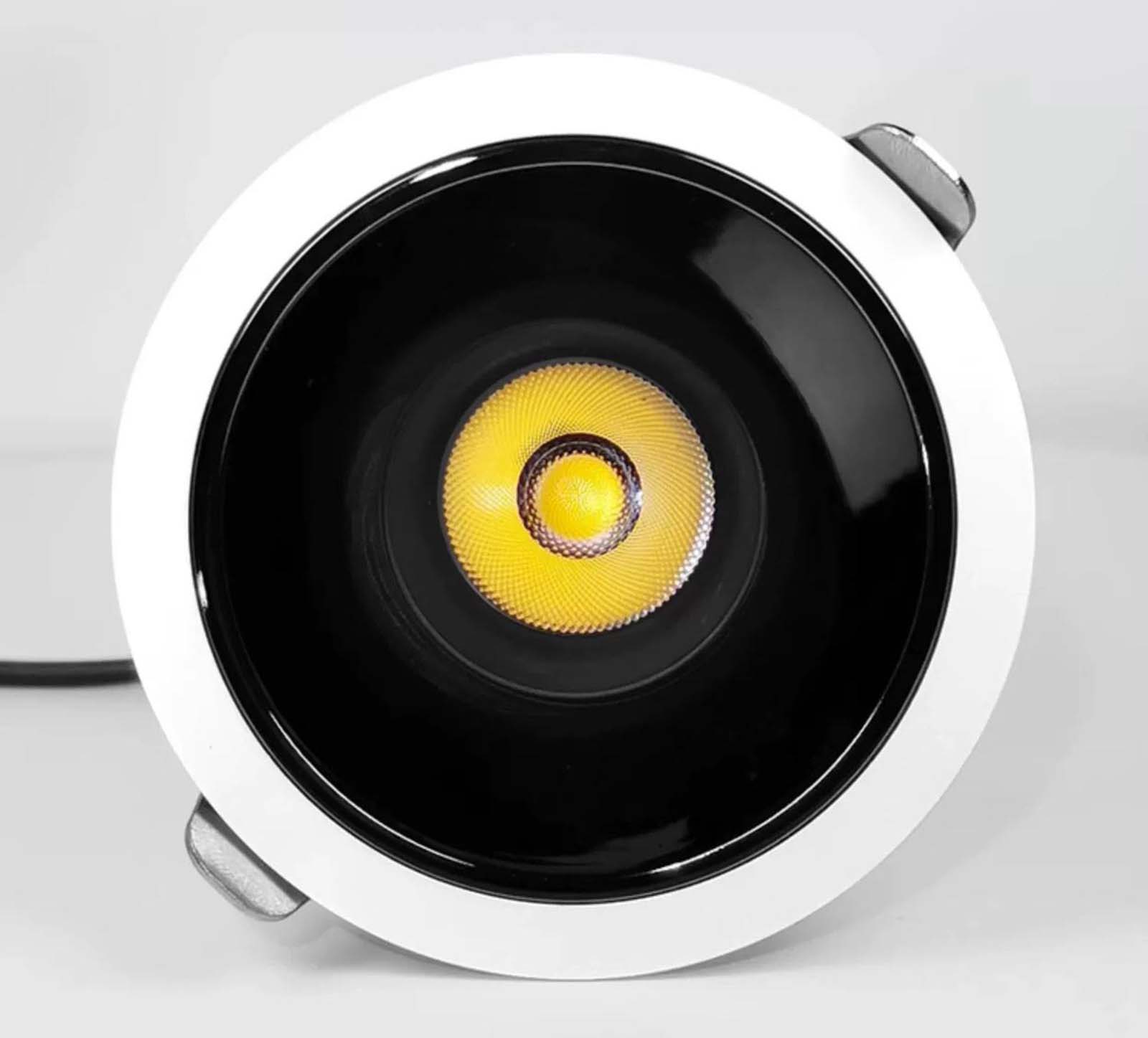
If you’re not sure which type of LED is right for your project, reach out to us! We’ll help you find the best LED solution to fit your needs.
Applications of SMD and COB LEDs
SMD (Surface-Mounted Device) LEDs and COB (Chip on Board) LEDs are designed for different lighting needs. Their unique features make them ideal for various industries and applications. Here’s how they stack up.
Applications of SMD LEDs
SMD LEDs are incredibly versatile. Thanks to their energy efficiency, compact size, and ability to produce multiple colors, they’re used in a wide range of applications.
LED Strips and Decorative Lighting
- Popular in RGB LED strips for home, architectural, and stage lighting.
- Perfect for indoor ambiance, backlighting, and accent lighting.
LED Panel Lights and Downlights
- Ideal for offices, commercial buildings, and homes.
- Produces soft, uniform illumination with high energy efficiency.
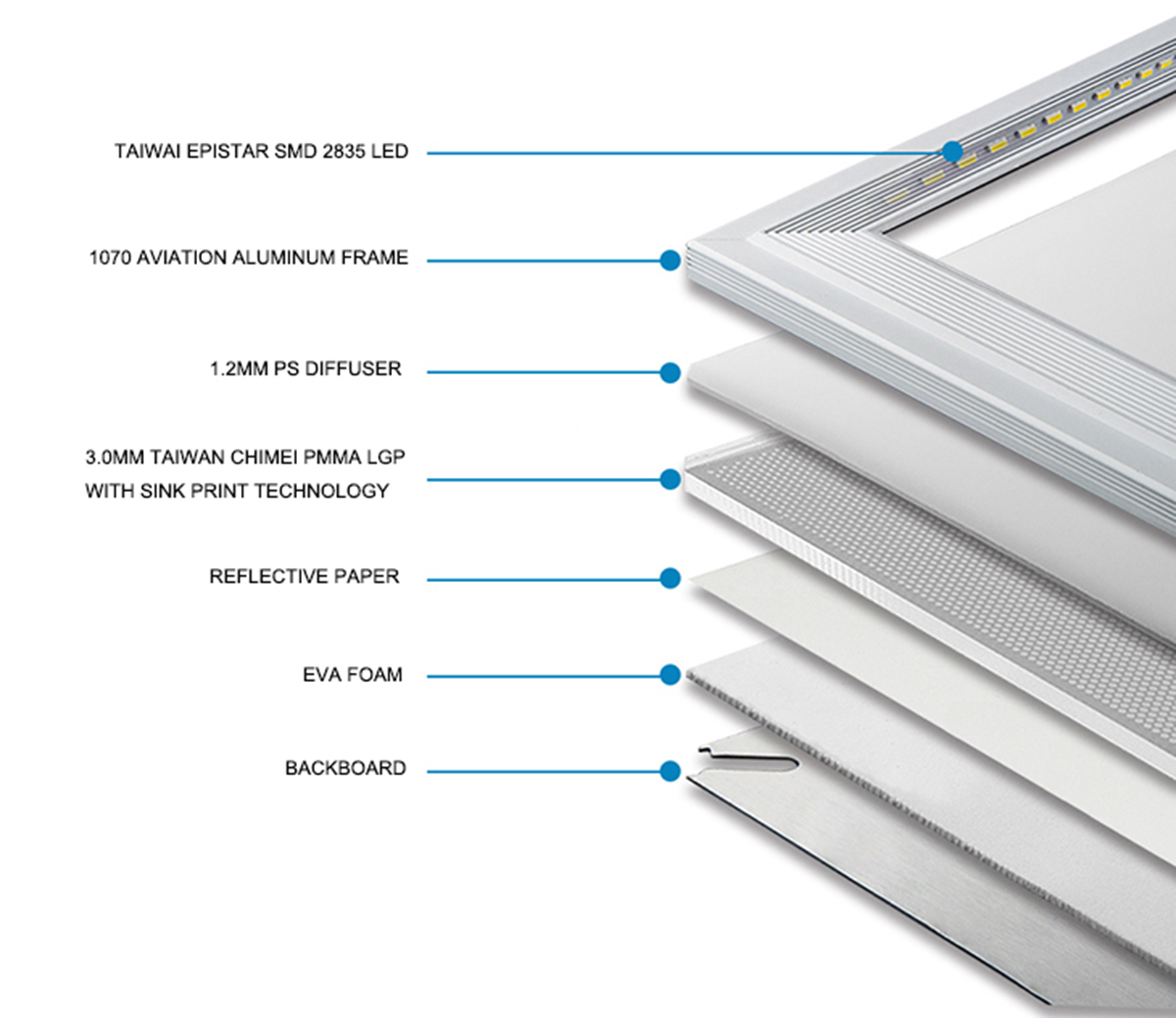
Outdoor and Street Lighting
- Used in LED streetlights, floodlights, parking lot lights, and area lighting.
- Provides powerful illumination with excellent light distribution.
Stadium and Sports Lighting
- Installed in sports arenas, stadiums, and high-mast lighting systems.
- Ensures uniform, high-intensity lighting for improved visibility.
Industrial and Warehouse High Bay and Low Bay Lighting
- A top choice for factories, warehouses, and production facilities.
- Delivers consistent, bright lighting for better efficiency and safety.
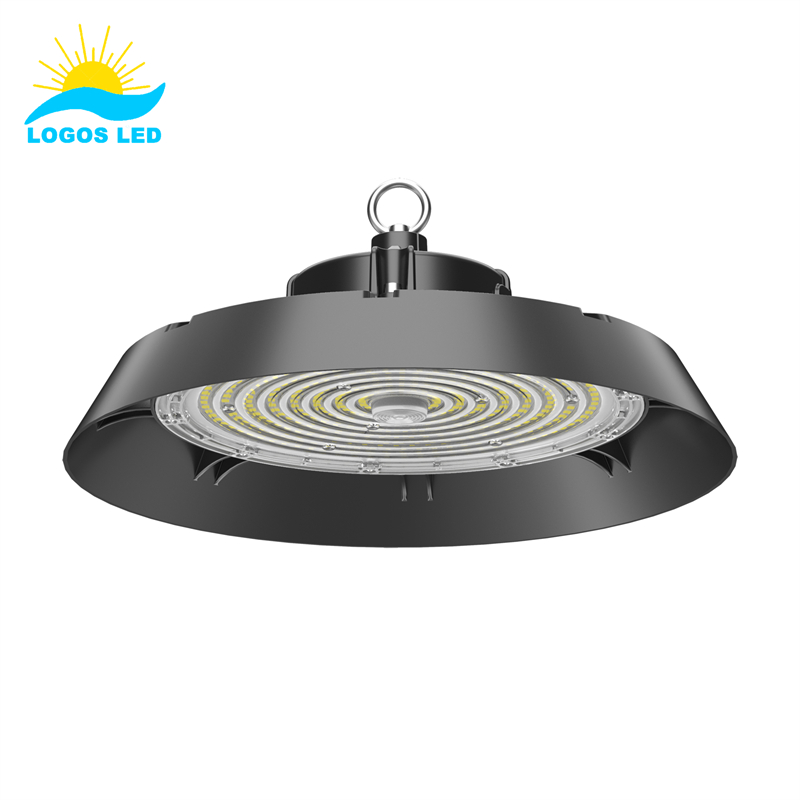
Display and Signage Lighting
- Used in billboards, digital signs, and LED screens.
- Creates high-resolution, vibrant displays for advertising.
Automotive Lighting
- Found in dashboard lights, turn signals, and daytime running lights (DRLs).
- Provides long-lasting, energy-efficient illumination.
Consumer Electronics
- Used in TV backlights, smartphones, and laptops.
- Ensures thin, bright, and energy-efficient displays.
Applications of COB LEDs
COB LEDs deliver higher brightness, better heat dissipation, and a more uniform light output, making them the go-to choice for applications that require powerful illumination.
Outdoor and Street Lighting
- Commonly used in streetlights, parking lot lights, and area lighting.
- Produces high-intensity, well-distributed illumination.
Stadium and Sports Lighting
- Ideal for stadiums, arenas, and high-mast sports lighting.
- Provides powerful, evenly spread lighting for better visibility.
Industrial and Warehouse Lighting
- A great choice for factories, warehouses, and production plants.
- Delivers consistent, bright lighting for safe and efficient workspaces.
Commercial Spotlights and Floodlights
- Used in showrooms, theaters, and outdoor floodlights.
- Offers focused, high-intensity lighting with minimal glare.
High-End Residential and Retail Lighting
- Found in premium LED downlights and track lights.
- Delivers excellent color rendering and uniform brightness.
Both SMD and COB LEDs have their strengths. Whether you need versatile lighting for commercial use or high-power illumination for large spaces, choosing the right LED will ensure better efficiency, performance, and cost savings.
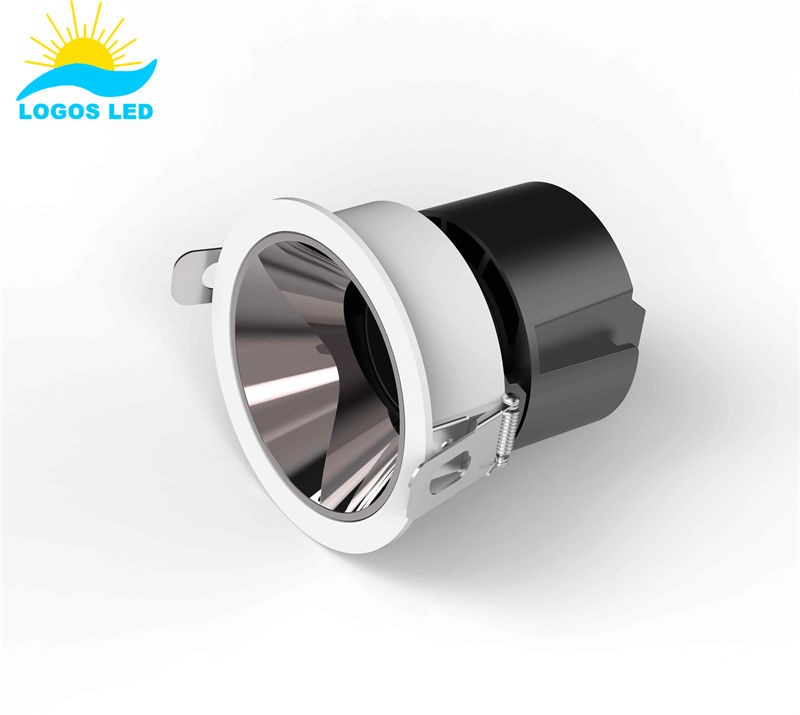
Conclusion
Not all LEDs are the same—each type is built for a specific job. SMD LEDs are the go-to choice for commercial and industrial lighting, while COB and High-Power LEDs are best for high-intensity applications like streetlights and large-area illumination. Picking the right LED isn’t just about brightness; it’s about efficiency, durability, and long-term performance.
Need help choosing the perfect LED for your project? Get in touch with us today! We’ll help you find the best lighting solution tailored to your needs.
Request A Free Quote Now!
Send us a message if you have any questions or request a quote. We will get back to you ASAP!



